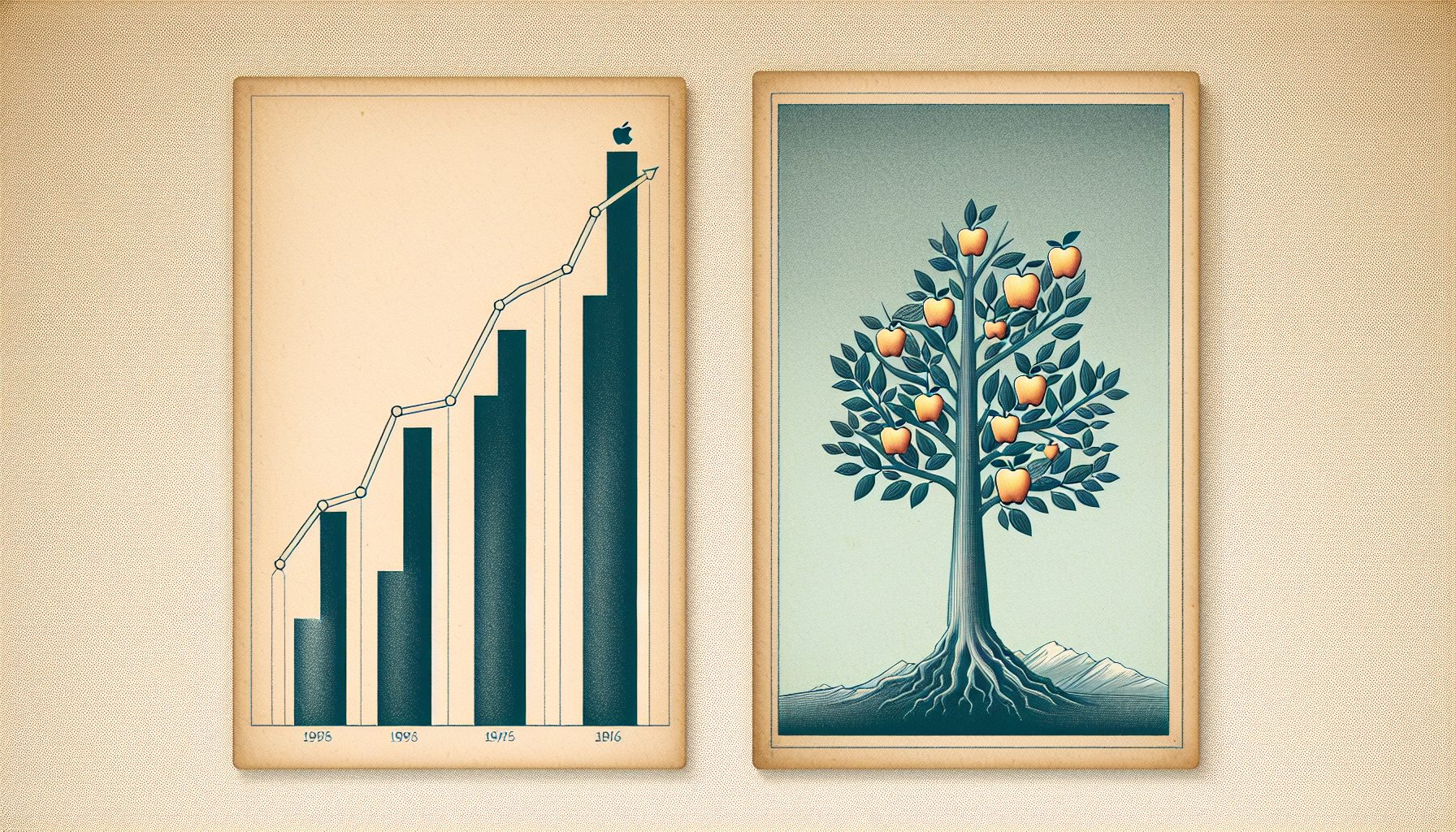Would you buy all your software over the Internet? IBM thinks you will.
As 2002 began, IBM VP and IBM.com General Manager Doug Maine told Baseline that he had an executive mandate to fulfill 100% of IBM’s software sales through IBM.com. An IBM spokesman, Michael Rowinski, later would say Maine was referring only to IBM’s public Web site, which serves consumers and smaller businesses that lack volume-license agreements or their own private sites with IBM. Even so, the message was unmistakable.
IBM.com accounted for $12 billion of IBM’s revenue in 2001, up 41% from the year before. That now represents 14% of IBM’s sales of $85.9 billion a year.
IBM.com is also where the savings are. And they can be passed on to corporate customers.
IBM is offering a 10% discount on software obtained through IBM.com. Already, IBM claims 60% of the site’s software sales in the Americas are fulfilled electronically, up from the low teens at the end of 2000. The site now carries for sale only smaller software packages such as Lotus Notes and WebSphere Commerce Suite for OS/390, which run on workstations or midrange servers and can be downloaded in a relatively short time.
As for cutting costs, IBM estimates that sales completed online with help from a telesales representative cost 40% less than sales completed face-to-face; sales completed online with no human intervention cost 80% less. It won’t state absolute dollar savings.To help, the company is sprucing up its software to make it easier to sell online.
IBM director of e-business enablement Darryl Turner attributes part of last year’s jump in IBM.com’s software sales to new technology IBM developed to speed and restart software downloads. IBM’s labs are also investigating ways to break software into modules so it can be downloaded in smaller chunks, an effort Turner says is in the “very early planning stages.”
Who will buy?
Yet corporate customers say that IBM—or any software vendor, for that matter—has a long way to go before they would consider buying all their software online as a routine practice.
In general, IBM sells very complex software whose online delivery time can be measured in hours. “Would we buy online? With little items [like Java licenses], no problem, but with big items like Content Manager, we would want to discuss with [the IBM support staff] whether we need it,” says David Bush, CIO of corporate truck and fleet management company LeasePlan USA, which uses IBM software to manage documents electronically.
Resellers of IBM software may lose revenue from IBM’s shift online, but one integrator says the benefits of having customers educate themselves and try out software before embarking on a major project will be well worth it. “All of the other software vendors will follow this if they aren’t doing it already,” says Richard Came, CEO of global business strategy for Dimension Data, a technology services company.
Nonetheless, says office automation consultant Amy Wohl, customers will still want to keep a physical copy of the software on hand. Otherwise, when software goes bad, “I have to go back and get if off the Net,” she says. Meaning: You have to re-download software you thought you already had.
Maine says IBM has spent the last two years rebuilding IBM.com, after learning the hard way—from highly public outages like that which occurred during the 1996 Summer Olympics in Atlanta—that “men in ponytails and earrings” were not sufficient to provide the “traditional IT structure and processes” that the job required.
With help from its R&D organization, IBM runs the site on IBM products—hardware, DB2 database, and WebSphere application server, and incorporates changes into the software as needed. On the technical side IBM is simplifying IBM.com, which consists of around 4.5 million Web pages and 2,200 separate URLs, and has integrated browsing and shopping so that customers can purchase an item immediately without backing out and clicking through a separate “Shop IBM” channel.
On the business side, IBM has embarked on a 4,500-seat installation of Siebel’s customer relationship management (CRM) software, the largest in Siebel’s history. Telesales representatives now handle customer support and some sales and are available to IBM.com customers through “Chat” and “Call Me” buttons on the site. They can also intervene to encourage customers to finish shopping when they suspect an abandoned shopping cart.
What you should do when buying Big Blue software online:
- Make sure you have plenty of bandwidth
- Create a mechanism to restart downloads if they are interrupted
- Get a physical copy, anyway








